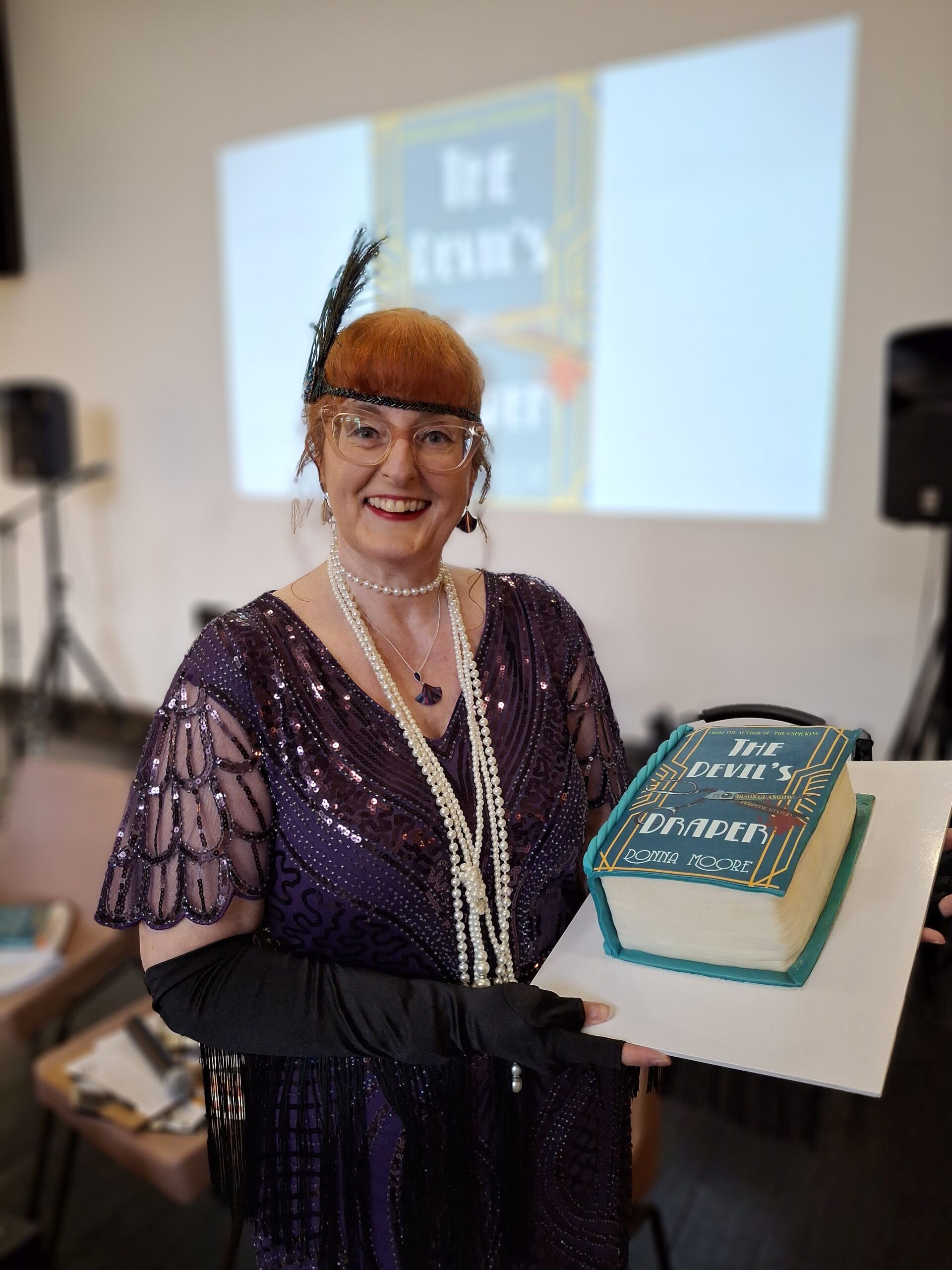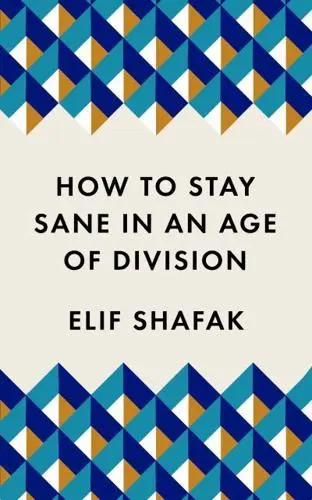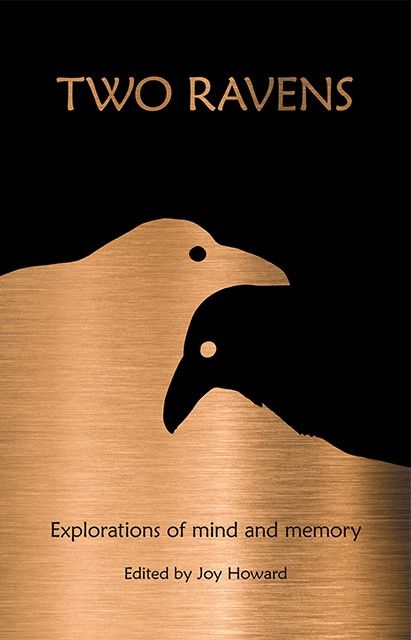When I started working on the project dedicated to the Scottish Abortion Campaign, I thought that it would be concentrated exclusively on Scotland’s abortion law or that I would find some general information about abortion in Great Britain and other Western countries. I was surprised when I found a report about abortion abroad with information about Eastern European countries because I always thought that Western countries had no access to those sources during the communist regime. I was especially interested in materials about Poland because the discussion about abortion in the country is still very controversial. For this reason, I would not only like to compare the approach to abortion in Scotland and Poland, but also briefly write about reproductive rights in the latter during the 1980s.
In a 1990 letter, Liz Armstrong wrote that the Scottish Abortion Campaign is primarily a Scottish Campaign dealing with the different problems that women had in Scotland, where the law, education system and way of providing NHS care was different to England and Wales at that time. Most of the letters, leaflets and brochures collected in the archives show that the aim of SAC was to fight for equal access to abortion and contraception across the country and sexual education for teenagers. Analysing and reading materials about this subject raised the question: With what kind of issues Polish women were faced at that time? I based my answer on the “Abortion Aboard” report which is part of the archive collection, and sources that I found in the medical but accessible book The Art of Loving from 1978, dedicated to women and written by well-known Polish gynaecologist and sexologist Michalina Wislocka.
The reports “Abortion Surveillance’’, Annual Summary 1979-1980 and Centres for Disease Control from 1983 show that the highest percentages of teenage abortions were reported in the USA, Canada and Scotland, where approximately 30 per cent of all abortions were sought by women below the age of 19, whereas the lowest number was reported in Czechoslovakia. These great numbers of abortions among teenagers were a result of poor contraception knowledge at that time, however, as the report reflects, more than just these three countries were struggling with the issue of contraception and sexual education at that time. The section that is dedicated to Poland encouraged me to analyse Polish women’s knowledge and access to contraception in the 1980s.
The Polish debate on abortion has a long history, beginning from 1918. In 1932 Poland became one of the first countries to accept abortion in the case of pregnancies that were the result of a criminal act and allowed abortions to be performed if there were medical reasons (www.spuc.org.uk). After the war, abortion was legalised in 1956 and although it was legal only under a few circumstances, in practice abortion could be performed on women’s demand. While in Scotland abortion was legal until the 28th week in the 1980s, it seems that in Poland there was no specific maximum time period for the procedure (the abortion act contains no information about it). Yet, the subject in Poland is controversial and provokes many debates between people. The “Abortion Aboard” report describes the abortion law in Poland as “the most liberal in the world” (Abortion Aboard, 1984). However, it shows that Polish society’s awareness of contraception was very poor. Most couples relied on inefficient methods of contraception, a result of the government’s failure to provide modern contraceptives and family planning. Moreover, for many couples abortion itself became a method of contraception.
This report coincided with observations made by Michalina Wislocka, wrote inThe Art of Loving that abortion is so common among Polish women that it could be compared to cosmetic procedure (Wislocka, 1978: 289). Although Wislocka was not against abortion and she highlighted that only women can make this choice, she was deeply concerned withsociety’s approach to the procedure, describing it as ”the worst solution”. She dedicated one chapter to contraception. According to Wislocka, Polish society had a critical approach to any contraception pills at that time because there was a common misbelief that they cause physical damage and ailments. What I found most interesting of all is the fact that Wislocka (a gynaecologist and a sexologist) herself was sceptical about contraception pills, recommending more natural ways of contraception instead. This suggests that all issues with contraception among Polish society was a result of the medical service’s negative approach in Poland at that time. Although abortion was accessible and free for all women in Poland, the report shows that contraception and access to sexual education was far more difficult, suggesting that even “liberated Poland” had limitations in the reproductive rights offered to women.
Bibliography:
Thomas, R. (2014) A history of abortion in Poland. Retrieved from https://www.google.pl/search?output=search&sclient=psy-ab&q=access+in&btnG= (Accessed in 2.03.2018)
Wislocka, M. (1978) The Art of Loving. Agora Publishing 2016





